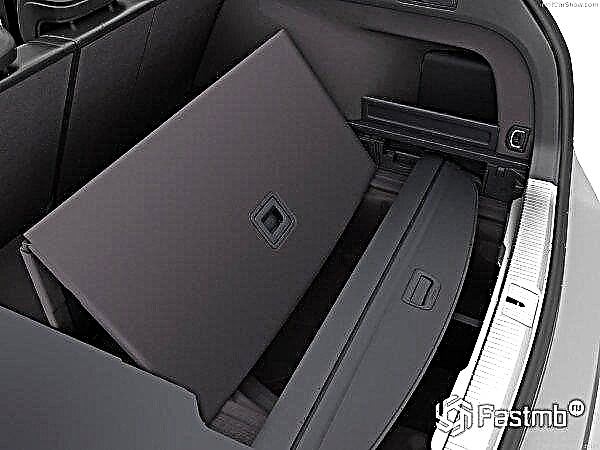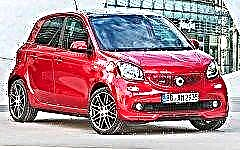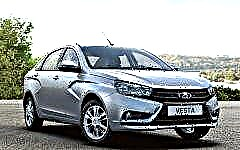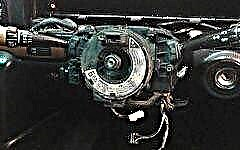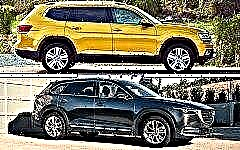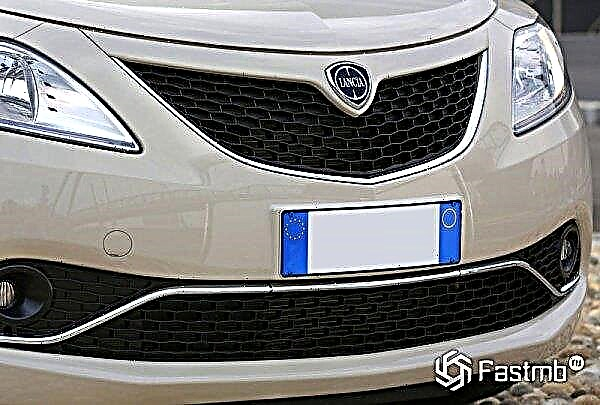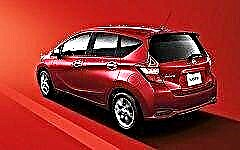

The content of the article:
- Toyota Vellfire
- Honda stepwgn
- Honda vezel
- Toyota Corolla
- Nissan note
- Honda fit
- Toyota Prius
Reality is a harsh thing, and it has long been shown that ideal cars do not exist. Some are distinguished by high manufacturability, but practicality suffers, others are striking in design, but are absolutely not suitable for driving on city streets.
But if you carefully study the TOPs of cars compiled by the most famous automotive communities, you will notice that Japanese cars are winning the palm in various categories with enviable popularity. What cars produced in the Land of the Rising Sun are considered the most technologically advanced?
7. Toyota Vellfire
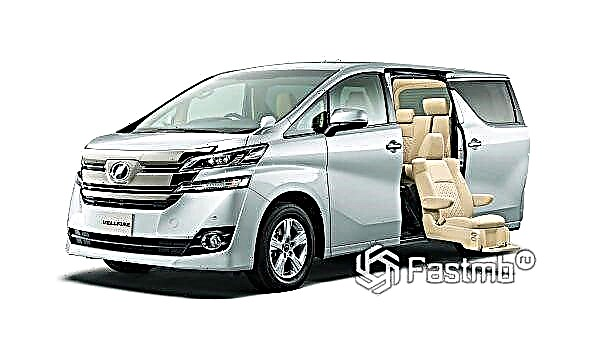
Toyota vehicles are the best-selling Japanese vehicles. Such a high demand is explained by a number of advantages of the models of this brand:
- availability and relatively low cost of spare parts;
- simplicity of design;
- high level of reliability;
- ease of maintenance;
- practicality;
- design.
Minivan Toyota Vellfire is a prominent representative of the brand. Created in 2008, it still remains in demand by car enthusiasts in many countries.
The Japanese did their best, and a comfortable, technological and practical luxury minivan came off the assembly line. The basic configuration assumes the presence of a 2.5-liter 4-cylinder petrol engine producing 170 hp. The improved configuration has a 3.5-liter V6 with hydromechanics.
As for the drive, it all depends on the wishes of the client. There are models on the market with both front and all-wheel drive.
The design of the minivan is another advantage of the car. The Vellfire is hard to miss on the road. He is charismatic, bright, recognizable.
But the design and power of the machine are far from its only strengths. Inside the cabin, everything is done for maximum convenience for both the driver and passengers.... The seats, complete with retractable footrests, lighting and individual air conditioning, make the ride as comfortable as possible.
It should be borne in mind that this car is not the most "gluttonous". It consumes only 10.5 liters of fuel per 100 km of travel on city roads, in mixed conditions - 8.6.
6. Honda Stepwgn
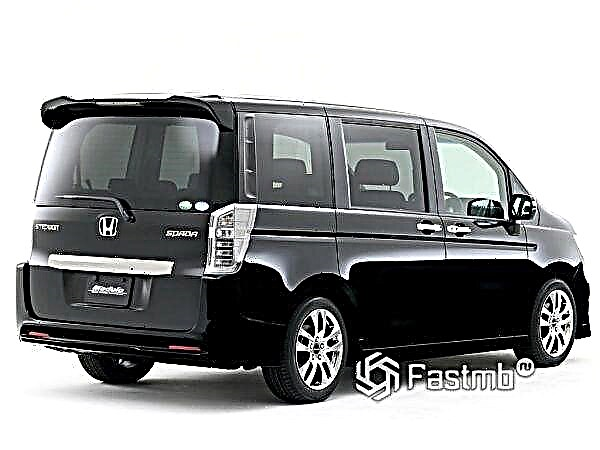
Another Japanese minivan loved by car owners around the world. In general, it is worth noting that minivans are a separate story in the Japanese car industry. They are considered to be the best of the best.
What is the Honda Stepwgn? 2.0-liter engine with a capacity of 125 hp, independent suspensions, front or full drive, hydromechanical automatic transmission.
For a long time, Honda engineers rejoiced at their brainchild and tried not to change anything in it. But the tradition of the Japanese could not stand it, and since 2001 the car has been subject to more and more new modifications.
It should be noted that all the changes were only for his benefit. The most recent improvements were made in 2015 and they are truly revolutionary.
Manufacturers presented a spectacular and bright minivan with a length of up to 4760 mm and with a comfortable interior for the judgment of motorists.
But the main surprise is naturally hidden under the hood. There is a turbocharged 1.5-liter petrol engine with 150 hp. The company's engineers have also worked on electronics, significantly expanding its capabilities.
5. Honda Vezel
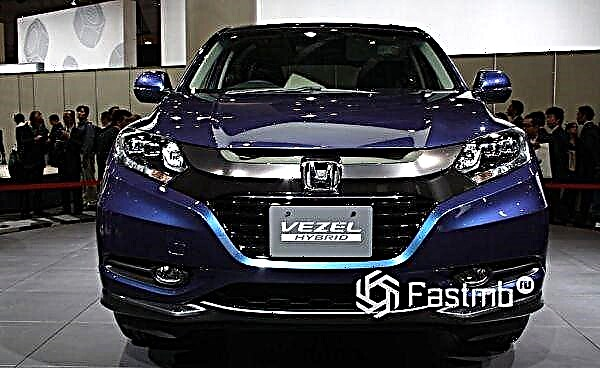
This compact urban crossover is the real star of the Japanese car industry. This is the most technologically advanced and therefore demanded off-road vehicle that came off the assembly line of the Honda plant.
The appearance of Vezel meets all the requirements of a modern city dweller... But, as you know, appearance is not the main thing. The latest modification is a stylish, roomy car, under the hood of which is a 1.6-liter diesel "heart".
The improved configuration is equipped with a 2.0-liter petrol turbo engine with a capacity of 280 hp. Average fuel consumption is 4.9 liters per 100 kilometers in mixed conditions.
4. Toyota Corolla
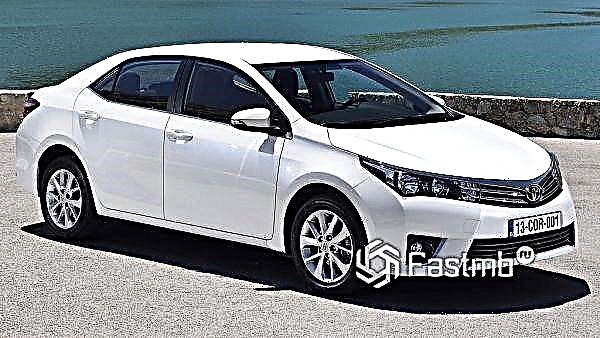
Toyota Corolla is the most massive and most recognizable car of the Toyota passenger car family. Its history began back in 1966. Today's consumers are already witnessing the 11th generation of this legend.
The appearance and some technical characteristics of the car differ depending on the country for which it is produced.
2015 was a year of significant change for the Corolla. This applies to both appearance and technical equipment. The designers have worked on the grille, making it more expressive, and on the headlights, significantly narrowing them.
Electronics also underwent significant changes. For example, the "simplest" Toyota model is now equipped with a remote control key, electric drive of all windows, repeaters of turns in the mirrors and ESP. At the same time, the Corolla can be considered a fairly economical car: for 100 km of track in urban conditions, it only needs 6-7 liters of gasoline.
3. Nissan Note
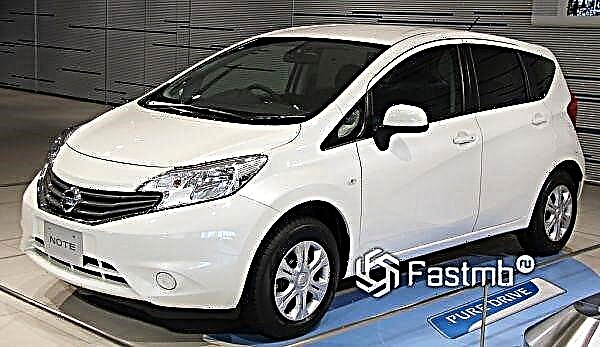
This "cube" was born in 2005 and immediately won the hearts of car owners. The length of the car is 3990 mm, which allows the hatchback to be classified as a micro van.
The second generation of cars, released in 2012, has undergone significant changes. The model has slightly "lengthened", now its dimensions are 4100-1525 mm... Base cars are powered by a 1.2-liter three-cylinder engine that develops 79 hp. The drive can be either front or full. For fans of "pogazat" presented a similar turbocharged engine with a capacity of 98 hp.
Another Nissan Note variant is the Nismo S. This is the choice of conservative car enthusiasts. Manual transmission, naturally aspirated 140 hp engine and front-wheel drive.
In Japan, this car has long and reliably kept in the top of the most demanded, the same situation is in the European market. But the Russian market, for a reason known only to him, does not spoil its consumers.
2. Honda Fit

A few years ago, automotive markets around the world turned their attention to a completely new format - the B-segment hatchbacks. These are inexpensive, economical, compact models, somewhat reminiscent of a minivan, but in a significantly reduced version.
Honda Fit is the brightest representative of this class of cars. She became a real breakthrough in the production of hatchbacks.
Fit differs significantly from its predecessors and competitors. Take at least a fuel tank. In this car, it is located under the front seats, which is rather unusual. This arrangement significantly improved the weight distribution, which made it possible to make changes to the passenger-and-freight characteristics of the cabin.
The family, as expected, was gradually replenished with new modifications. One of the brightest was Honda fit hybrid, rolled off the assembly line in 2010. This model combines a 1.5-liter petrol engine and an electric motor. In total, the motors deliver 102 hp.
In Japan, the Honda Fit Hybrid has long and firmly held a leading position among similar cars. In Russia, car sales are much lower, and official dealers bypass this miracle of the Japanese car industry.
1. Toyota Prius

Toyota Prius deservedly gets the palm among the most technologically advanced and demanded "Japanese". Once, back in 1997, this car made a splash among critics and consumers. A passenger car with a hybrid installation amazed everyone, because before that "concepts" were practically unknown.
The 1.5-liter petrol engine, combined with the 45 hp electric motor, has significantly reduced fuel costs. "Concept" could move purely on electric traction. Of course, everything depended on the conditions and quality of the road surface. But the fact remains: 3.6 liters per 100 km of mixed track is a real breakthrough.
At the end of 2015, the car was released in the latest modification. Compared to its predecessor, the Toyota Prius has become even more powerful and economical. 1.8 liter petrol engine and 72 hp electric motor. - that is what is the most compelling reason for finding this "miracle of technology" in the first place. At the same time, the average fuel consumption was reduced to 2.7 liters per 100 km of combined route.
And, of course, the design. The car has become more daring and bright - it's hard not to notice it on city streets.
It would seem that a Japanese car is the best choice. But before purchasing the long-awaited "Japanese" it is worth weighing all the pros and cons... It is necessary to take into account the natural conditions and the quality of the road surface. For off-road driving, forests and bumps, a Japanese car is not the best option. But in urban conditions, the "Japanese" will definitely become an excellent means of transportation.


